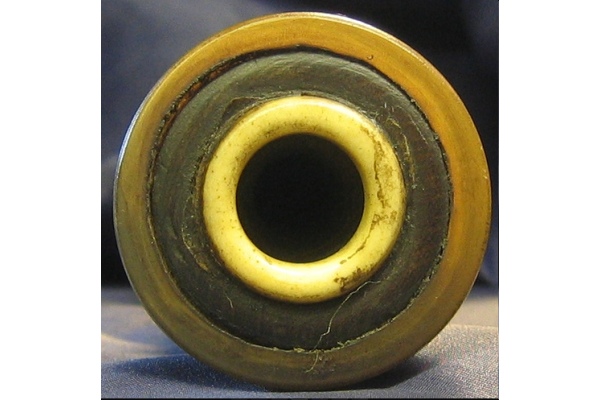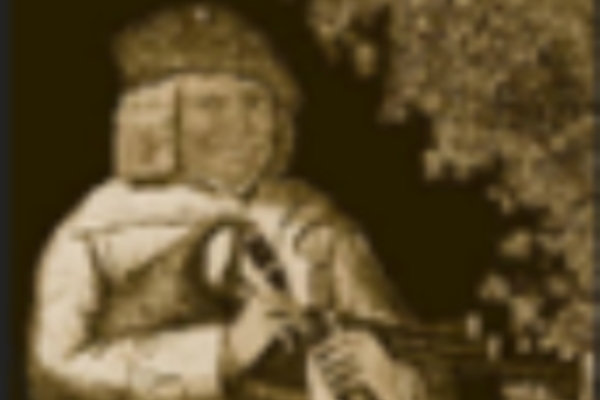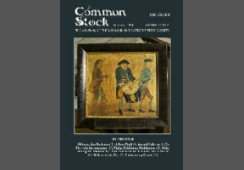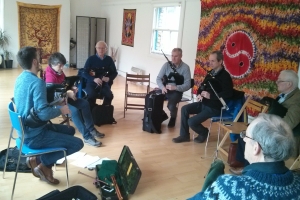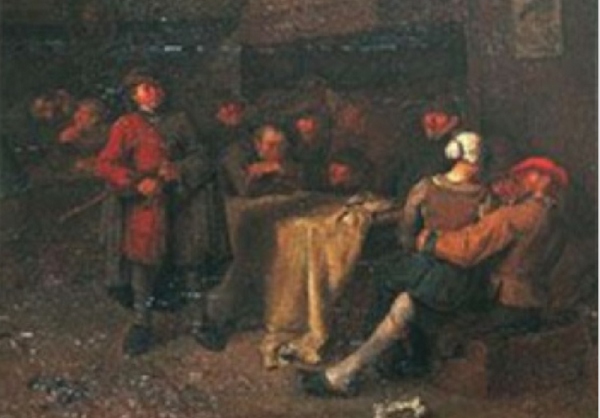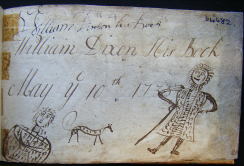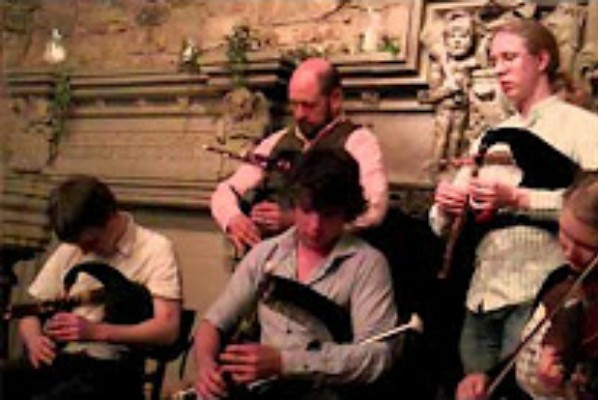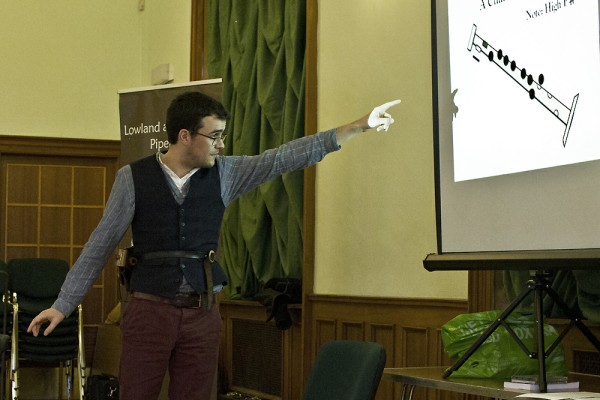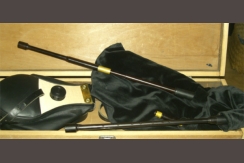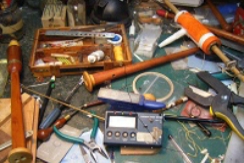In mid-September this year the LBPS Facebook Forum generated one of the most extended discussions ever; in more than ninety comments it veered through at least three major questions about the Dixon Manuscript; the topic we’re going to follow here began with the perennial question, what instrument was the manuscript intended for? That was only a beginning...
Chris Ormston: I’ve long been of the opinion that the Dixon MS is a collection for an open-ended small pipe played using covered fingering. I don’t have an answer to the issue of the flattened seventh, but as a player of both BP and NSP I know on which it’s easier to articulate Dixon’s repertoire cleanly. There’s too much risk of crossover noises in this style of music for it to be BP music approached with modern BP fingering.
Bill Wakefield: I agree, Chris, completely: What I think modern GHB and BP pipers have to do is change the way they think about certain notes which Dixon writes as what we call “melody notes” in contrast to “grace notes.” Strain 3 of Dixon’s Stool of Repentance has a perfect example of what I mean — and which is typical of what I think you’re talking about: the first quaver E of bar 2 effectively separates two consecutive low A’s, the final quaver of bar 1 and the second quaver in bar 2. The same thing happens in the same positions in bars 3 & 4 with the notes F and B. This is what I believe you mean by “risk of crossing noise” and it defeated me for a long time until I heard Jean’s recording of Black and Grey: Because if one simply articulates the E separating the two low As as one would articulate a E gracenote (as a modern piper would describe it) the problem is solved. And if the fingering system was in fact semi-closed, then in effect that’s what would have been done anyway — and one stays note-perfect faithful to Dixon’s prickings! . It’s still faithful to Dixon, it only changes the way one goes about it, approaches it — the way one thinks about the notes he’s written — at a time when, after all, there weren’t conventions for writing pipers’ gracenotes.
Matt Seattle: Bill Wakefield, With respect, you have it upside down. In Stool of Repentance, Bars 1-2, Str 3, it's the Es which stand out and they are ON the beat. They need longer duration than the literal notation while the lower notes need shorter duration. None of these notes are 'grace notes' in GHB vocabulary (i.e. articulations in anyone else's vocabulary).
They are all melody notes - but some are more melodic than others. This is the big secret of Dixon.
Bill Wakefield: Matt Seattle, I wouldn’t argue with you, Matt: I just can’t do it! Not at tempo... And so I have to find another way if I’m to do it at all... But I think I know what you mean when you say “some are more melodic than others.”. If I can keep a tempo doing this (and thinking of it in terms familiar to me) it seems preferable to losing it in a sort of amorphous string of notes which seems to be the result for me otherwise....
Another place I ran into this recently is strain 5 Hit Her Between the Legs: Again, I don’t see the problem with the beat falling on the low As in those runs of quavers — the top hand E between them serving to separate: But like say I can’t comment on what’s right or historical, only what I can and can’t do — and what therefore makes sense to me.
...so if I play this way I keep to Dixon’s notes, but it makes rhythmic sense to me in giving a strong downbeat. If it’s not for dancing, then I can more easily expand the Es and make them work as downbeats — just not, like say, at tempo....which is why I think the suggestion I made long hand, strain 5, “Hit Her...”— if only as an adaptation, as Matt and Pete would seem to insist — and fair enough. ...GHB trained players seem to have a choice between 1) false fingering in order to stay true to Dixon’s dots or 2) adapt the rhythm/execution of Dixon to stay true to their GHB fingering.
Pete Stewart: to do as Bill Wakefield has suggested abandons what is to my mind the core rhythm of these passages, that is, the pattern created by those E's, the x-3 1-3 1|-3 1-3 1| etc.; this is perfectly playable, (and almost inevitable) when using covered fingering on a smallpipe chanter - the low A’s get lost in the drone.
Bill Wakefield: Pete Stewart : I don’t argue with anything you say, Pete — I can only say that to my modern-fingering fingers these situations don’t sit right — that’s why I agree there must have been a different fingering system! Many people know only modern fingering for these chanters — indeed have only such chanters as accommodate modern fingering. We have to think of another/other ways to make such strains work if we want to play them at all.
[ED; this discussion was ongoing last time I looked....]
